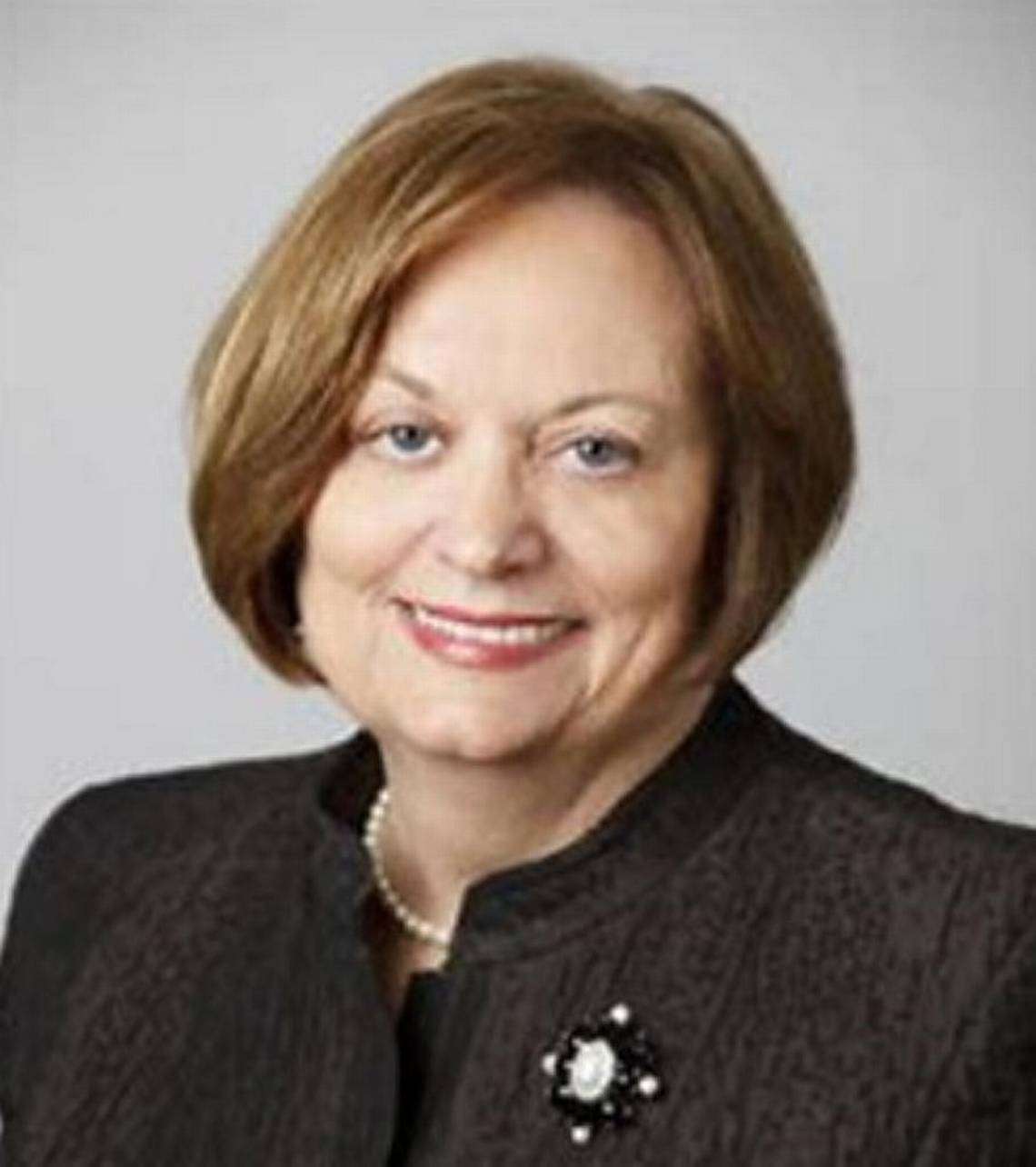A friend and I were at a restaurant earlier this week having an end-of-summer-vacation celebration, when my friend mentioned to the waitress that she teaches high school in Wichita. “How great,” said the waitress. “Thank you for being a teacher.”
This small appreciation meant a lot to my friend who’s facing another hard school year, partly because this fall teachers and substitute teachers will be in short supply.
In July, the Kansas State Department of Education reported around 4 percent or about 1,400 teaching positions were unfilled, and the vacancies are expected to grow as fall start dates come closer.

Teacher and staff shortages are a long-building, national problem. In a July study, EdWeek Research Center found almost 75 percent of the 535 principals and district leaders surveyed said the number of applicants this year for teacher, para-professional, bus driver, food service worker and custodian is not adequate.
Such shortages should not be surprising.

Teachers’ salaries have not kept pace with other careers that require university preparation. However, the current competitive job market offers teachers opportunities for better pay that helps them deal with record inflation and threats of recession.
Educators say recent shortages are compounded by demands on personnel brought about by COVID induced school disruptions which also created student learning loss and problems with student social interactions.
In a July Kahn Academy national study nearly 70 percent of 639 teachers surveyed chose “student behavioral issues” as a barrier to addressing unfinished learning and 57 percent chose “student mental health.”
Educator burn-out is aggravated by worries about school safety amid rising numbers of school shootings. There is also increased stress about what teachers feel important to teach and what they feel safe to teach amid increasing pressure from politicians and parents motivated by social media.
Despite shortages and reasons thereof, school will go on.
Short term vacancy solutions include pushing upper-grade classrooms to as many as 38 students in larger schools, dropping elective courses to ensure classes required for graduation, asking current employees to take on additional duties and hiring long-term substitute-teachers when they can be found.
State Board of Education members have authorized retired teachers who previously had a Kansas teaching license that has been expired for six months to receive a license for the 2022-2023 school year. The board also relaxed requirements for substitutes.
KSDE will be holding discussions this fall to go beyond stop-gap measures and address the current education environment.
The challenge will be to attract a diverse population of dedicated teachers without lowering the criteria for rigorous teacher preparation and licensure. Ideas from my interviews include:
• Tuition support for education majors who commit to five-year teaching contracts in Kansas public schools.
• Tuition support for teachers who are teaching outside their licensure area to become licensed in their current teaching area.
• Repurposing funds for unfilled para-professional positions to create paid internships for education majors in their final semester of student teaching.
• Redirecting COVID relief funding and other federal and state resources to cover expanding teacher preparation costs.
• Reviewing current licensure requirements to eliminate waiting periods, fees and other non-skills or knowledge-based requirements.
KSDE will consider a range of options to build back the full complement of highly qualified Kansas teachers.
In the meantime, if you encounter a teacher who is returning to students this fall, just say thanks.
Dr. Sharon Hartin Iorio is dean emerita Wichita State University College of Education.






